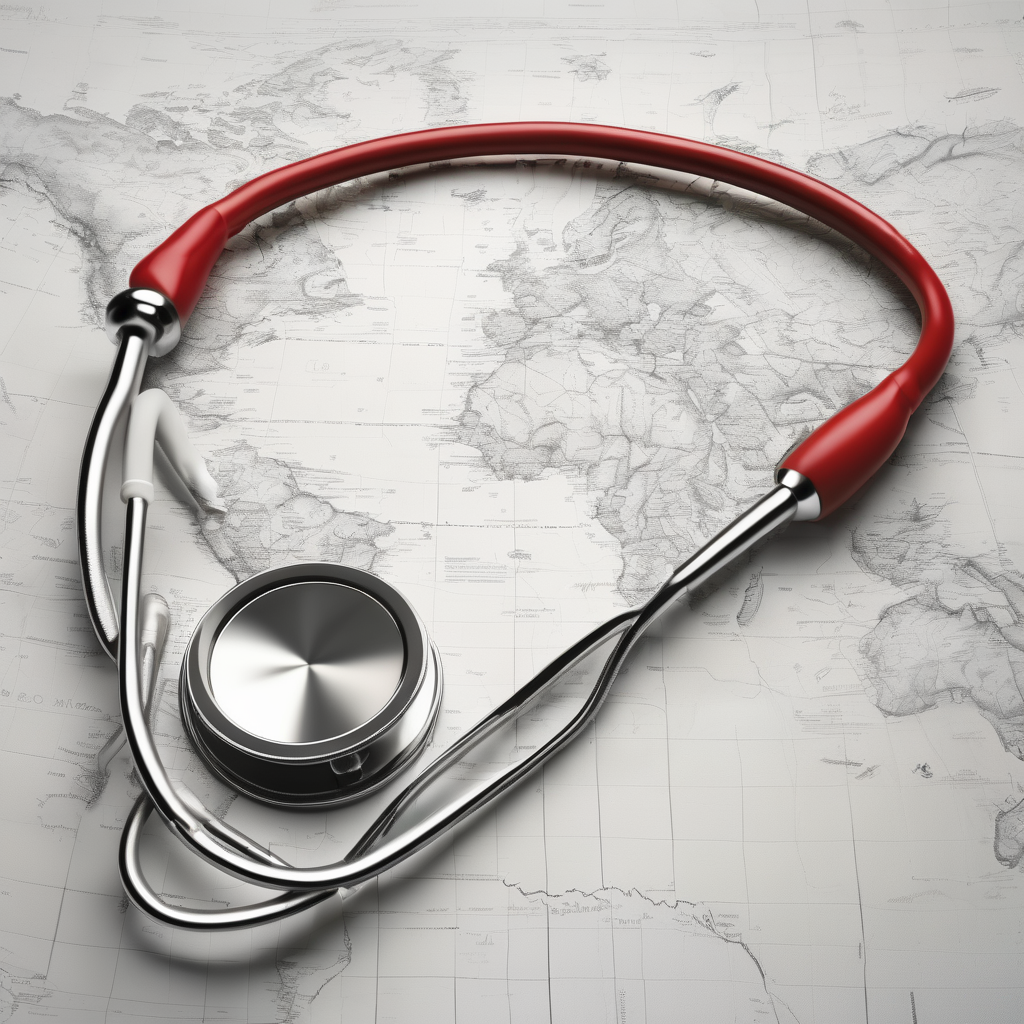A global report from the World Health Organization (WHO) has highlighted the alarming prevalence of hypertension, also known as high blood pressure, in various regions around the world, with a particular focus on Palau and the Pacific. According to the “Global Report on Hypertension 2025,” a staggering 48 percent of Palau’s population between 30 and 79 years old suffer from this condition, markedly higher than the global average of 34 percent. Similarly, in the Federated States of Micronesia, the prevalence is recorded at 33 percent, emphasizing that hypertension remains a grave concern.
The report sheds light on the pervasive impact of hypertension in the Western Pacific, covering 38 countries with a combined population of over 2.2 billion people. Despite the high numbers of adults diagnosed with hypertension, only 22 percent have their blood pressure under control, with some Pacific Island nations reporting control rates as low as under 5 percent.
As we recognize World Heart Day, the WHO calls for regular blood pressure monitoring and the provision of affordable medication to mitigate hypertension risks, which is often referred to as a “silent killer” due to its lack of symptoms until severe health problems like strokes, heart attacks, and kidney failure occur. Additionally, uncontrolled hypertension is linked to an increased risk of dementia, adding another layer of complexity to the health challenges.
The situation in Tuvalu is particularly concerning, with over half of its population affected by hypertension. Larger nations like Tajikistan and Iraq also report high prevalence rates of 44 percent, while in Paraguay, 55 percent of adults are battling the condition, with many unable to manage it adequately.
In 2024, approximately 1.4 billion individuals worldwide faced hypertension, with only a small percentage achieving effective control over the condition. Dr. Saia Ma’u Piukala, WHO’s regional director for the Western Pacific, emphasizes the importance of political commitment, investment, and integrating hypertension management into primary healthcare to address this growing crisis.
Uncontrolled hypertension not only reduces life expectancy but also weighs heavily on healthcare systems and economies. It is projected that cardiovascular diseases will cost low- and middle-income countries trillions by 2025. WHO advocates for essential interventions, like routine blood pressure monitoring, accessible medication, and digital health innovations, to improve treatment adherence.
Some nations, such as Korea, have realized significant successes in hypertension control, achieving a 59 percent control rate through dedicated measures. The Western Pacific Region aims for 100 million more people effectively managing their blood pressure by 2029, an ambitious goal to double current control rates.
Member states are scheduled to discuss future strategies at the 76th session of the WHO Western Pacific Regional Committee in Fiji this October, underscoring the urgency for strengthened actions against hypertension and other non-communicable diseases.
The WHO report and supporting studies emphasize the pressing need for preventive healthcare measures and policy-driven initiatives to combat hypertension. With appropriate strategies and coordinated efforts, it is possible to mitigate the severe impact of this “silent killer” and foster healthier global communities.
